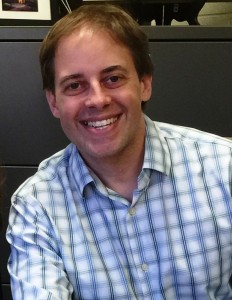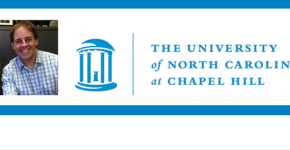 All the cool kids are doing it – or are they?
All the cool kids are doing it – or are they?
Mitch Prinstein, professor and director of clinical psychology at the University of North Carolina Chapel Hill, explores whether perception is reality.
Mitch Prinstein is the John Van Seters Distinguished Professor of Psychology and Neuroscience, and a member of the Clinical Psychology Program. Mitch’s research uses a developmental psychopathology framework to understand how adolescents’ interpersonal experiences, particularly among peers, are associated with depression, self-injury, and health risk behaviors. Mitch’s work has two areas of focus.
1) Interpersonal-Cognitive-Biological Models of Adolescent Depression and Self-Injury
2) Peer Influence and Adolescent Health Risk Behaviors
Dr. Prinstein also maintains a long-standing commitment to professional development in psychology.
All The Cool Kids Aren’t Doing It
Can you guess the number one predictor of adolescent drug use, delinquency, or unsafe sex?
The answer is how much adolescents perceive that their peers are engaging in these exact same behaviors. But that’s kind of a trick answer. Notice I didn’t say that it’s how much adolescents’ peers are actually engaged in these behaviors. No, it’s all based on what teens perceive their peers are doing.
This is key, because just like adults, teenagers tend to stink at estimating the behavior of others. Our perceptions can be very distorted, without us even realizing it.
My colleagues and I decided to do a study to examine just how much adolescents may be misperceiving their peers’ actions. Spoiler alert: if you were cool in high school, you may not like the results very much.
We started by asking adolescents in a typical public high school to tell us all about the different groups in their school. If you’ve ever seen The Breakfast Club, you know exactly what I mean. We found out which kids were the Jocks, the Populars, the Brains, and the Burnouts. Then we asked all of these kids to tell us how much they really did engage in a wide variety of risky behaviors.
When we asked teenagers how much the though the Jocks and Populars drank alcohol, smoked pot, or had sex, their estimations were sky high. But it was all a misperception. Jocks actually had no more sex than the Brains. And their substance use wasn’t that much different either.
Why does that matter? Because when we followed these kids over the next two years, we learned that the more teens thought that the Populars used substances the most likely they were to increase their own substance use over time.
We can all remember what the Jocks and Populars were like in high school, but maybe we didn’t know them that well after all.

Comments
One response to “Mitch Prinstein, University of North Carolina Chapel Hill – All The Cool Kids Aren’t Doing It”